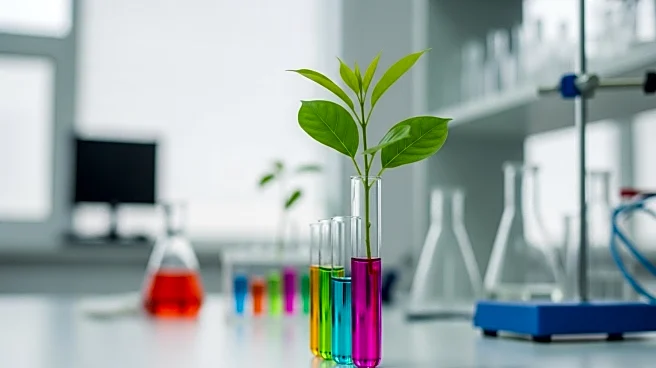What's Happening?
The biological and chemical indicators market is projected to grow from USD 570.67 million in 2024 to approximately USD 942.03 million by 2034, with a compound annual growth rate (CAGR) of 5.14%. This growth is driven by increasing demand for sterilization across various industries, including healthcare, pharmaceuticals, and biopharmaceuticals. The market is also benefiting from advancements in artificial intelligence, which enhance the efficiency of sterilization processes and reduce human error. North America currently leads the market, but the Asia Pacific region is expected to experience significant growth due to technological advancements and expanding healthcare infrastructure.
Why It's Important?
The expansion of the biological and chemical indicators market is crucial for maintaining safety standards in healthcare and other industries that require sterilization. The growth of this market supports the prevention of healthcare-associated infections, which are a significant concern in medical settings. The use of AI in this sector not only improves the reliability of sterilization processes but also accelerates research and development, leading to better products and solutions. This market growth is likely to benefit companies involved in manufacturing and supplying these indicators, as well as healthcare providers who rely on them for infection control.
What's Next?
The market is expected to continue its growth trajectory, with the Asia Pacific region playing a significant role due to its expanding biotechnology sector and increasing number of biotech startups. The development of IoT-enabled indicators and other advanced technologies will further enhance market growth. Companies in this sector may focus on expanding their product offerings and improving the efficiency of their sterilization solutions to meet the growing demand.
Beyond the Headlines
The increasing regulatory scrutiny and demand for infection control in healthcare settings highlight the ethical responsibility of companies to ensure the safety and efficacy of their products. The market's growth also underscores the importance of innovation in addressing public health challenges and improving patient outcomes.











